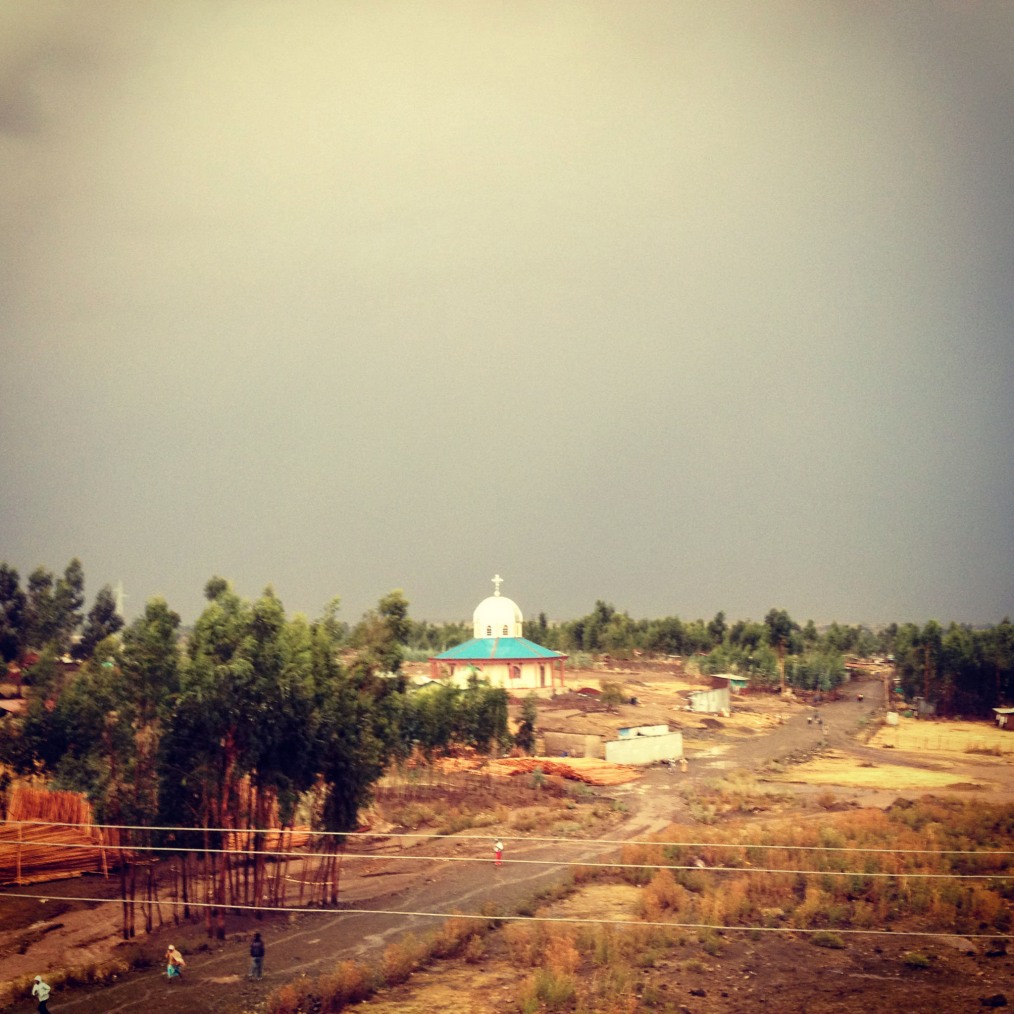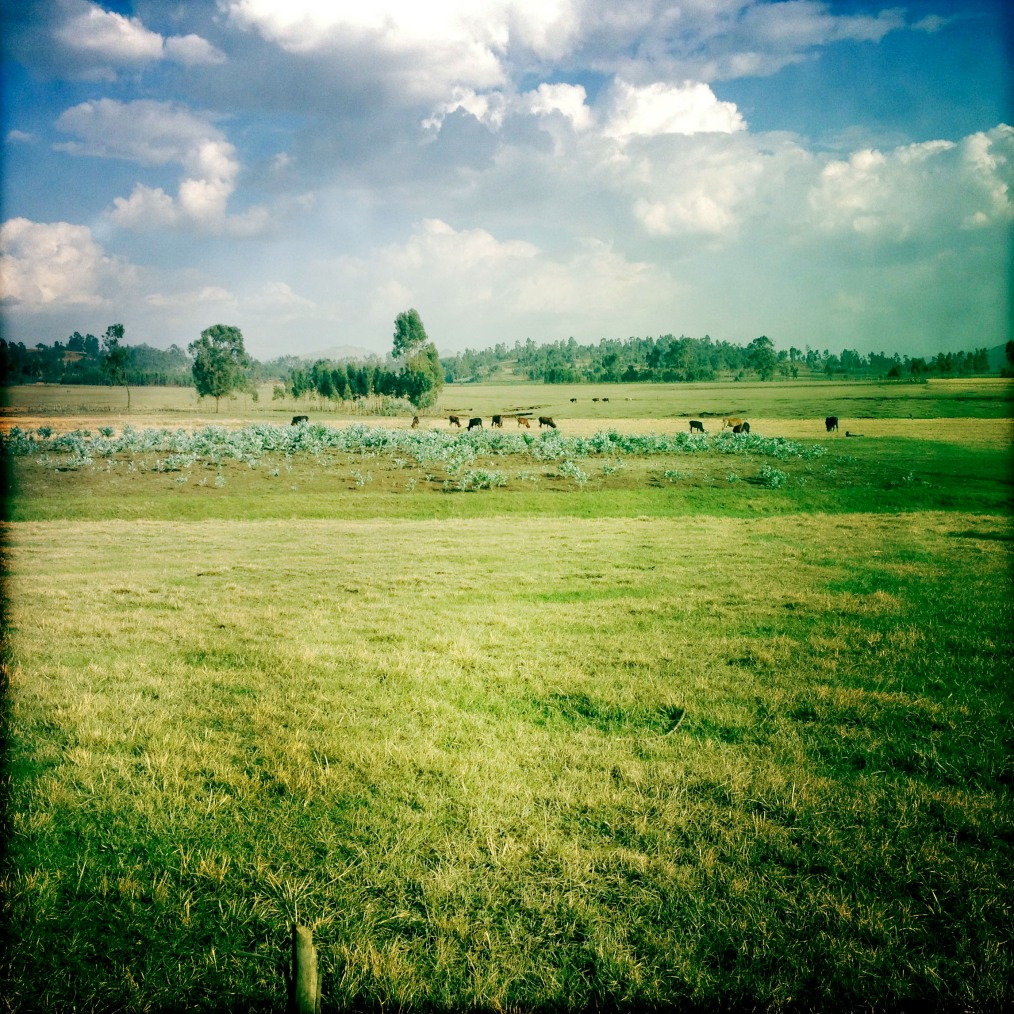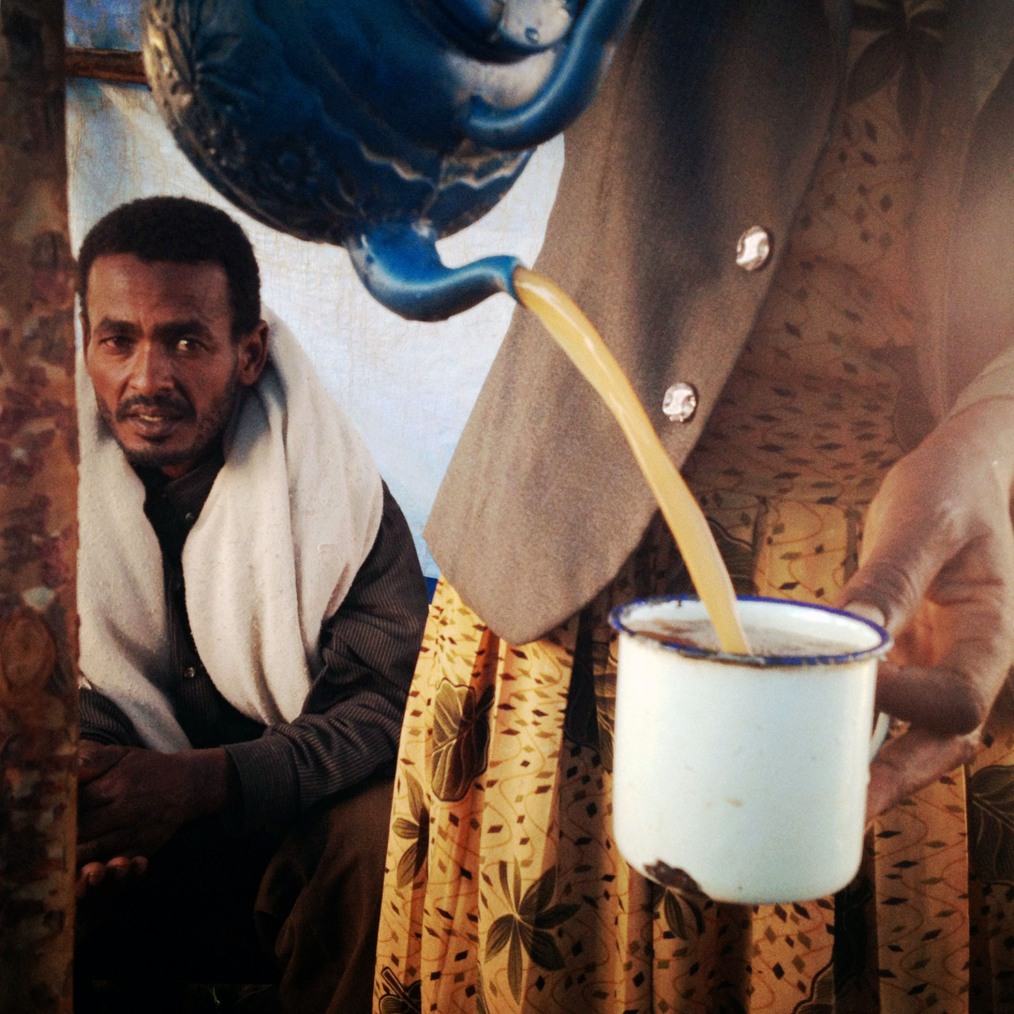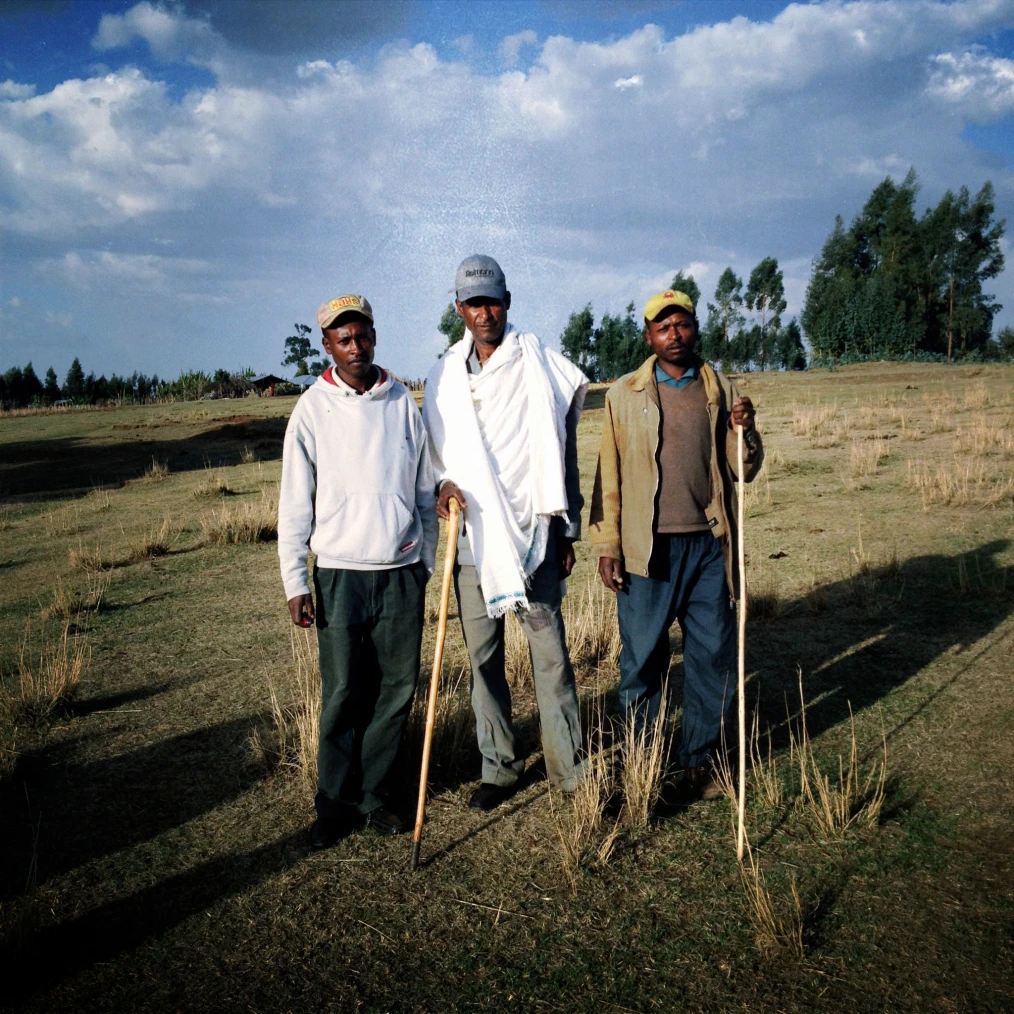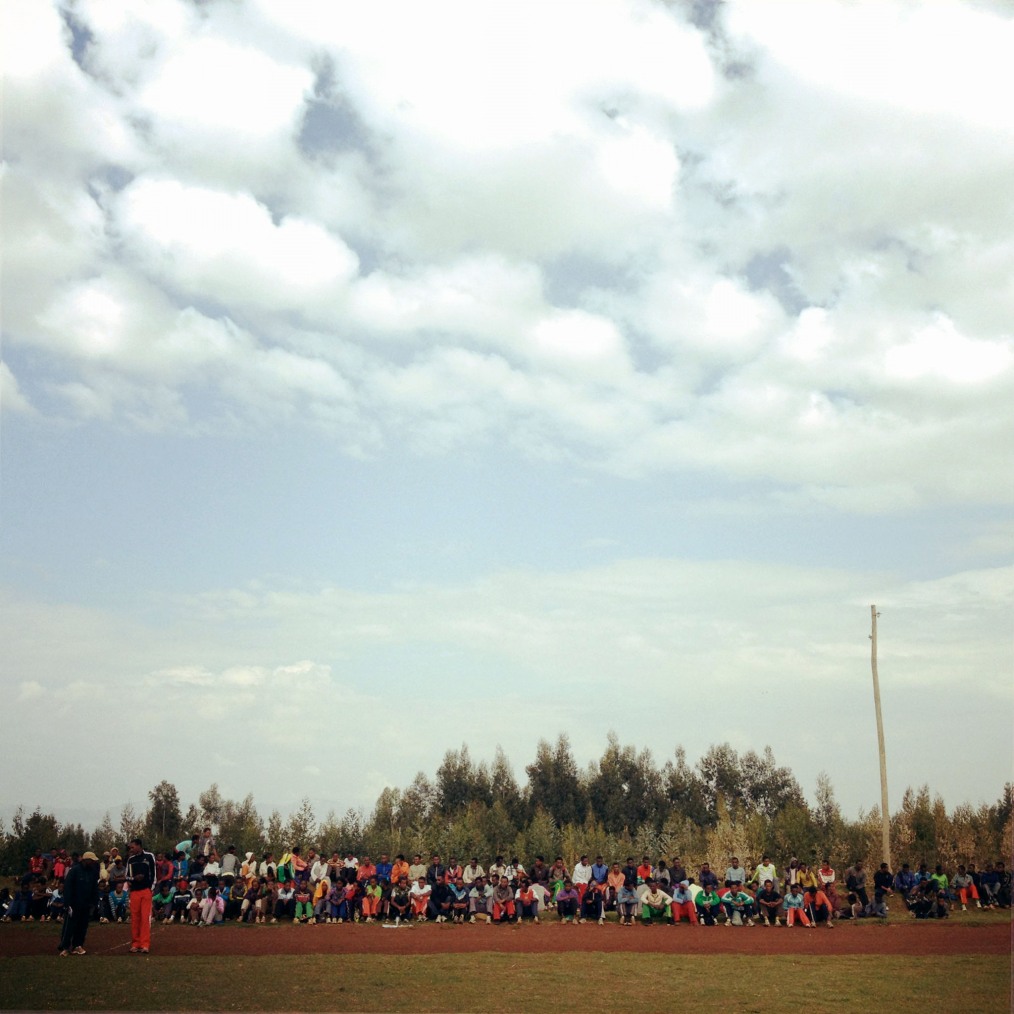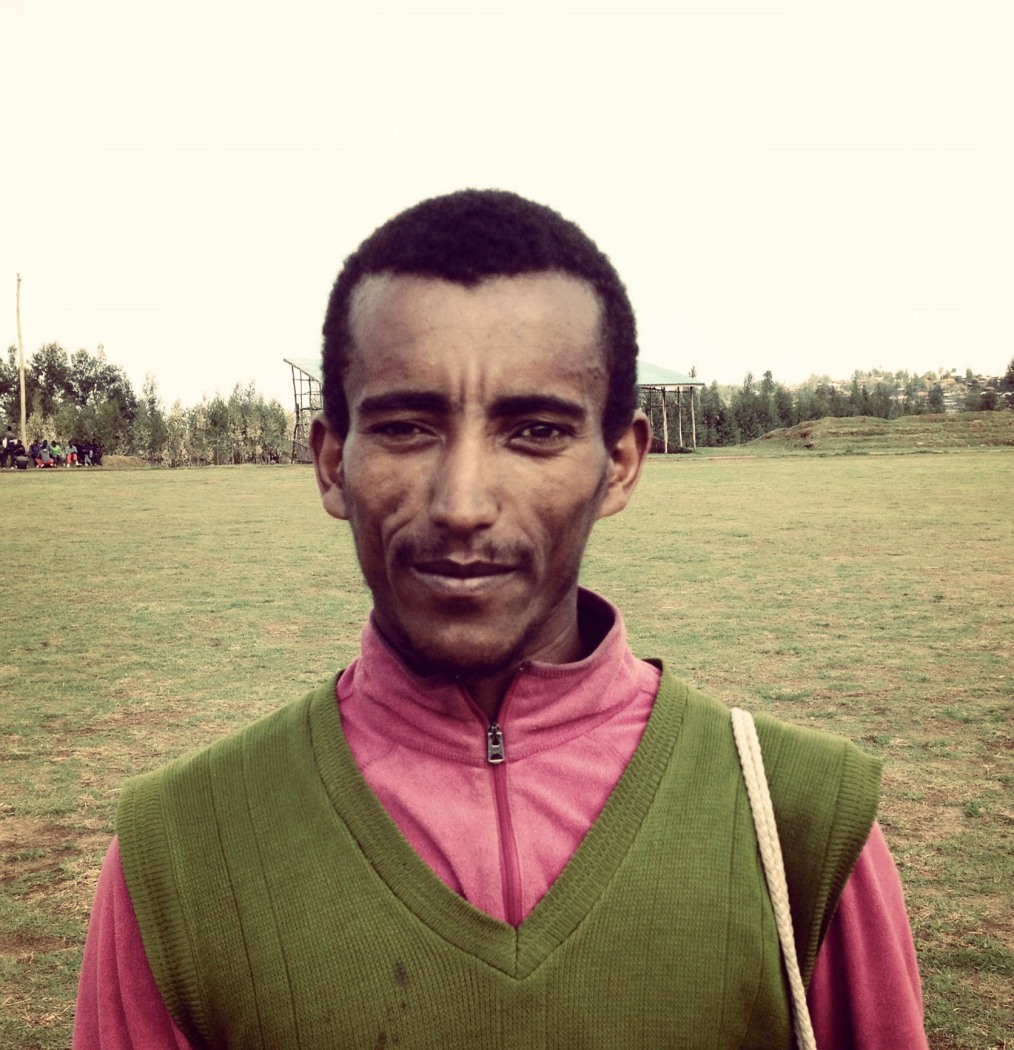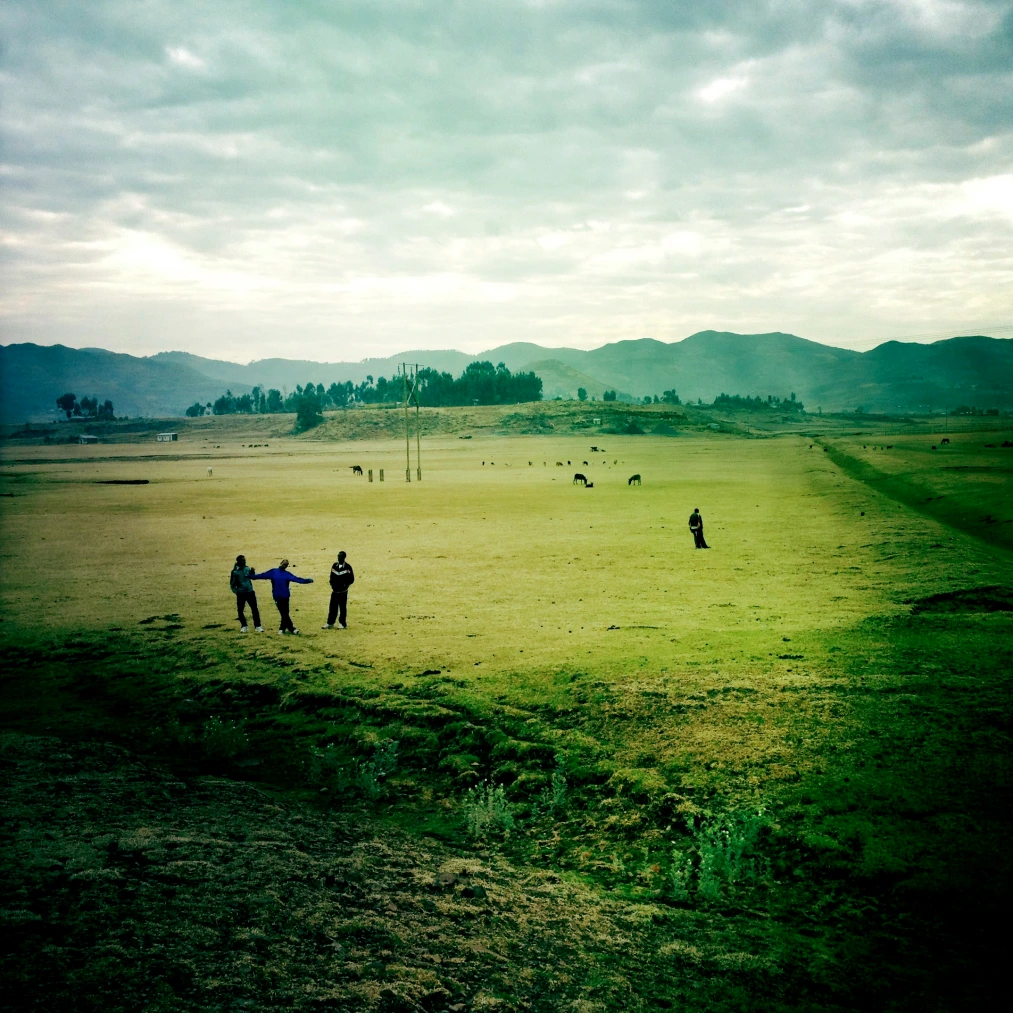‘Aw went to Blaydon Races, ’twas on the ninth of Joon’
I went to the Blaydon Race on the ninth of June (for anyone who needs a translation of the above). I’d put myself under quite a lot of pressure going into the race because – unlike the race in London – this one was a sufficient amount of time after returning from altitude to make me expect to run well.
This years race marked the 150th anniversary of the first singing of the song, which was written in 1862. Geordies love their tradition, so it was a shame that seconds after the gun went the rain, which had been falling for the best part of two days anyway, suddenly turned biblical. The Scotswood road turned into a river, but at least the conditions were mirroring those of 150 years ago when apparently ‘the rain it poor’d aw the day an’ myed the groons quite muddy.’ I have no idea what a ‘groon’ is, but I’m sure they were pretty muddy this year too. The temperature dropped pretty sharply too – to the extent that when I discarded the old t-shirt I’d been wearing to keep warm before the start, one of the Ethiopians promptly grabbed it and put it on under his vest!
Max’s advice was going into the race was a typically succinct ‘make sure you kill yourself, but not in the first three miles,’ so when a lead group consisting of the five Africans and Ian Hudspith from Morpeth went out hard I decided to stick in a second group of four, and to keep as low a profile as possible in the group until we got to the three mile marker. Possibly because the rain was so hard we could barely see, I didn’t actually notice the signs for one and two miles, so I was quite surprised by how quickly we hit the three mile mark and by how good I felt. I decided to wait until I thought we were about half a mile from a section of the course where you make a u-turn and run back on yourself, and then to hammer it as far as the turn so that I could see what (if any) damage I’d done to the group when we turned round without having to look over my shoulder.
By the time we got to the turn, I’d managed to whittle the group of four down to just Luke Cragg and I, and we worked together for the remainder of the race. Given that he’d won one of my last races before going to Ethiopia (the Alsager 5 mile race) and that I’d finished 14th, being able to run with him until the last 200m is a good confidence boost. I finished the race in 8th position, and 3rd non-African – a huge improvement on last year’s 18th place. I’m not sure how accurate the course measurement is, but my time of 28.10 for 5.9 miles would also undoubtedly translate to a 10km PB. In a way it’s a shame that they don’t extend the race to a 10km, as it would be a fast course. They regularly change the route, but keep it to 5.9 miles for the sake of tradition. Given that the song on which the race is based is about a bus journey to a horse race, and that it doesn’t mention a road race – let alone one that is specifically 5.9 and not 6.25 miles – though, I don’t really see why they couldn’t extend it a bit.
Luke Cragg and I, with about four hundred metres to go.
I’m going to be keeping this blog going for the remainder of the summer and into next winter with a slightly different format. I’d like the blog to take the form of a comparison of my training with the training that the likes of Mike McLeod, Charlie Spedding and Brendan Foster used to do back in the day. I’ll be contacting the aforementioned and hopefully speaking to them and having a look at their training diaries. Given that they’re probably pretty disappointed by the state of distance running in the North East now compared with when they were running, I hope they’ll be willing to see this as a useful case study towards finding out what’s going wrong.
So far I’m thinking of changing the name of the blog to ‘Acceptable in the ‘80s’, but if anyone has any better ideas I’d love to hear them!





